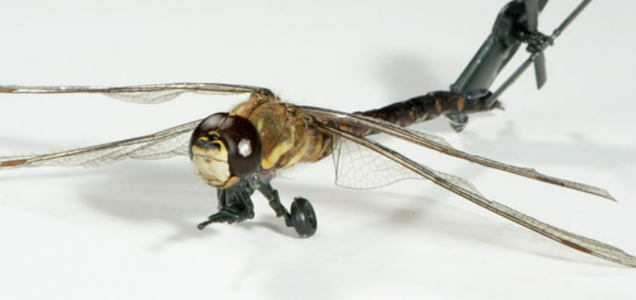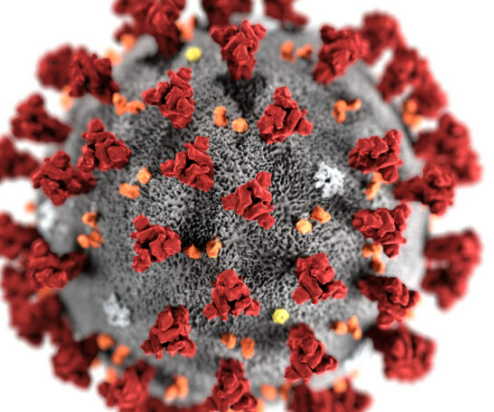Bug Drones? Really?
Scientists are trying to build drones with a difference – drones that are not bigger than bugs. These tiny flying robots can be used in life-and-death situations like finding people trapped in a collapsed building.
The drone bugs are fashioned after insects, birds, and other small creatures. They can also remain hidden in plain view while they spy in places that are off limit to surveillance devices of bigger sizes.
These tiny spy drones can take off and land anywhere. As they maneuver through the streets and hallways in a building, they can stop and turn on a dime. They are also equipped with different weapons and sensors, including explosives, tasers, high-resolution video cameras, license plate readers, infrared sensors, and listening devices.
Scientists Are Building Bug Drones That Can Do Things Humans Cannot Do
Chen, an assistant professor at the Massachusetts Institute of Technology (MIT), leads a team that's invented a new micro-drone that is not as tiny as a mosquito. Chen says that "The weight of this robot and the physical size looks pretty much like a dragonfly."
The lab describes the new drone models as resembling “a cassette tape with wings.” They are built with soft actuators that are from carbon nanotube-coated rubber cylinders. When electricity is applied at a rate of about 500 times per second, the actuators elongate. This allows the wings of the drones to beat, and then they take flight.
These bug drones are incredibly lightweight, weighing 0.6 grams. These new early models have their limitations, though. The system requires the drone to be hardwired to deliver the charge needed. The scientist is still making other modifications, including a more nature-inspired dragonfly shape for the newer prototypes.
Also, a team of researchers are working with the US Air Force Office of Scientific Research on developing what they refer to as a micro aerial vehicle (MAV) that will carry out various espionage tasks.
The robotic insect that is being developed will infiltrate urban areas while being controlled from a far distance. This device is equipped with a camera and a built-in microphone.
The bug drone can land precisely on human skin, take DNA samples with its super-micron sized needle and then fly off again. The person will only feel the pain of a mosquito bite, and this does not come with the burning sensation.
This device is not easy to detect, and it is designed to inject a micro radio frequency identification (RFID) tracking device under the human skin. The bug drone can inject toxins into the enemy’s body during battle.
France has also developed flapping wing bio-inspired micro-drones, and the Netherlands developed BioMAV (Biologically Inspired AI for Micro Aerial Vehicles) also built Parrot AR drones. That’s not all. The Israeli Aerospace Industries (IAI) also developed a butterfly-shaped drone that weighs just 20 grams. The device can gather intelligence inside buildings.
Why are scientists building tiny drones that can fly, land and take off quickly like a mosquito or crawl on any surface? It is because these devices can do the things humans cannot do. Such devices are essential for surveillance as well as search and rescue operations.







